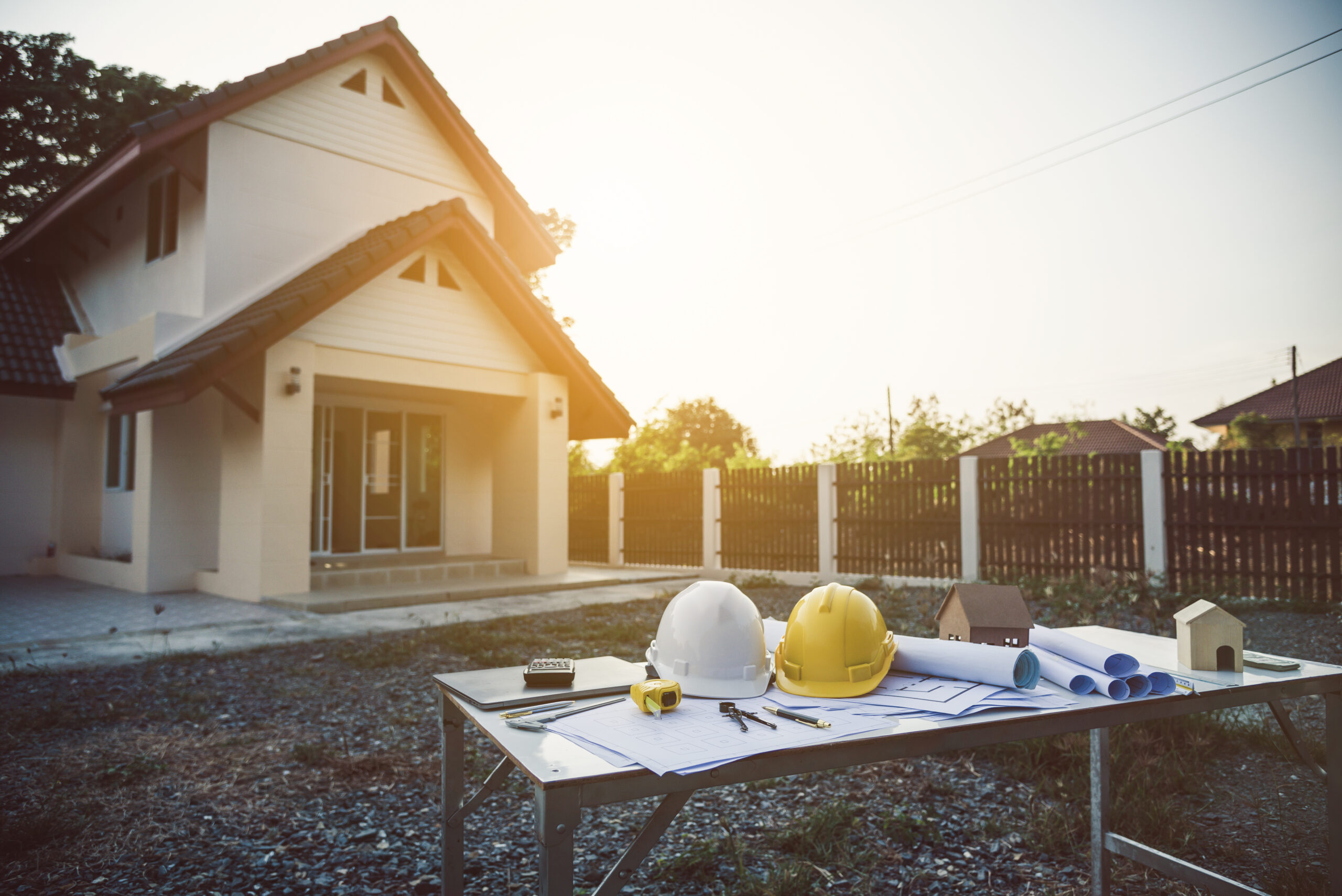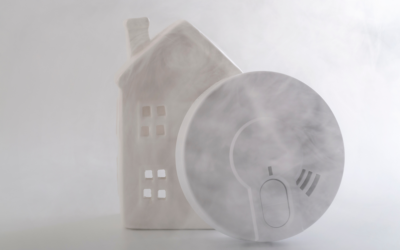Home remodeling projects present an exciting opportunity to transform your living space, whether you’re adding new rooms, updating outdated features, or improving energy efficiency. However, amidst the excitement, it’s crucial not to overlook the role of your HVAC system. Integrating HVAC considerations into your remodeling plans ensures that your home remains comfortable, efficient, and healthy. Here’s a comprehensive look at how to incorporate HVAC updates into your home remodeling projects.
1. Assessing Your Current HVAC System
Before diving into any remodeling project, it’s essential to evaluate your current HVAC system. Understanding its capacity, age, and efficiency will help you determine if it can handle the changes your remodel will bring. Here are some key points to consider:
System Capacity: Ensure your HVAC system can accommodate the new square footage if you’re adding rooms or expanding spaces. An undersized system will struggle to maintain comfort, while an oversized system can lead to inefficiencies and increased wear and tear.
Age and Condition: If your HVAC system is over 10-15 years old, it might be time to consider an upgrade. Older systems are less efficient and may not meet current standards for energy efficiency and air quality.
Efficiency: Assess the energy efficiency of your current system. Upgrading to a more efficient unit can lead to significant long-term savings on energy bills and improve overall home comfort.
2. Planning for HVAC Integration
When planning your remodeling project, it’s essential to integrate HVAC considerations into the early stages. This approach ensures that your HVAC system is appropriately designed to meet the new needs of your home. Here are some steps to follow:
Collaborate with Professionals: Work with both your remodeling contractor and an HVAC professional. This collaboration ensures that your HVAC needs are considered in the design phase and that any necessary adjustments or upgrades are planned and budgeted for.
Ductwork Modifications: Remodeling projects often require changes to your home’s layout, which can impact the ductwork. Ensure that ductwork is properly designed and installed to provide even heating and cooling throughout the new spaces. Poorly designed ductwork can lead to uneven temperatures and reduced efficiency.
Zoning Systems: Consider implementing zoning systems, which allow you to control the temperature in different areas of your home independently. This is particularly useful for larger homes or homes with varying heating and cooling needs across different areas.
Ventilation Needs: Remodeling projects, especially those involving kitchens and bathrooms, can impact your home’s ventilation. Ensure that adequate ventilation is in place to maintain indoor air quality and remove excess moisture, odors, and pollutants.
3. Choosing the Right HVAC Upgrades
Selecting the right HVAC upgrades during your remodeling project can enhance comfort, efficiency, and indoor air quality. Here are some upgrades to consider:
High-Efficiency Units: Invest in high-efficiency HVAC units that consume less energy while providing superior heating and cooling. Look for units with high SEER (Seasonal Energy Efficiency Ratio) ratings for air conditioners and high AFUE (Annual Fuel Utilization Efficiency) ratings for furnaces.
Smart Thermostats: Upgrade to smart thermostats that allow you to control your HVAC system remotely, learn your schedule, and optimize energy usage. Smart thermostats can significantly enhance the efficiency and convenience of your heating and cooling system.
Air Purification Systems: Consider adding air purification systems to improve indoor air quality. These systems can remove allergens, pollutants, and contaminants from the air, creating a healthier living environment.
Insulation and Sealing: Enhance your home’s insulation and seal any leaks or gaps. Proper insulation reduces the workload on your HVAC system by maintaining consistent indoor temperatures and preventing air leaks.
4. Executing the HVAC Integration
Once your remodeling plans are set and you’ve chosen the necessary HVAC upgrades, the next step is executing the integration. Here’s how to ensure a smooth process:
Coordinate Timelines: Work closely with your remodeling contractor and HVAC professional to coordinate timelines. Ensure that HVAC work is scheduled at the appropriate stages of the remodel to avoid delays and ensure seamless integration.
Regular Inspections: Conduct regular inspections throughout the remodeling process to ensure that HVAC components are being installed correctly and that any adjustments are made promptly. This proactive approach can prevent issues down the line.
Final Testing and Balancing: Once the remodel is complete, have your HVAC professional conduct final testing and balancing. This step ensures that the system operates efficiently and provides consistent comfort throughout your home.
Conclusion
The role of HVAC systems in home remodeling projects is often underestimated, but it’s a critical component that impacts comfort, efficiency, and indoor air quality. By assessing your current system, planning for HVAC integration, choosing the right upgrades, and executing the integration with precision, you can ensure that your remodeled home meets your needs and provides a comfortable living environment.
Remember, collaborating with HVAC professionals early in the remodeling process is key to achieving the best results. Whether you’re expanding your living space, updating outdated features, or improving energy efficiency, considering your HVAC system will help you create a home that is both beautiful and functional. Don’t overlook the importance of HVAC in your remodeling plans—take the necessary steps to ensure your home remains a haven of comfort and efficiency during and after your project.




